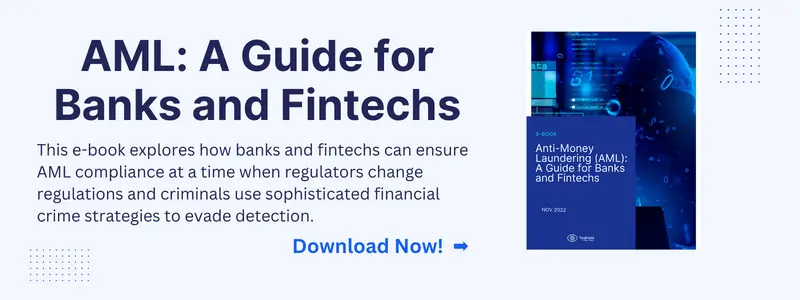Virtual Currencies: Comprehensive Overview & Real-world Applications
Introduction
The dawn of the digital age brought with it a plethora of innovations, changing the way we live, work, and transact. Among these innovations, virtual currencies have emerged as a revolutionary force, challenging traditional financial paradigms and paving the way for a new era of digital transactions.
This article provides an in-depth examination of virtual currencies, discussing their nature, examples, and their role in the broader financial ecosystem.
Key Takeaways
- Virtual currencies are digital assets that serve as a medium of exchange and exist only in the virtual realm. Examples include Bitcoin, Ethereum, and Ripple.
- Cryptocurrencies, a subset of virtual currencies, utilize blockchain technology for transparency, security, and decentralization.
- Virtual currencies present advantages like decentralization, low transaction costs, and accessibility. However, they also face challenges such as volatility, security risks, and regulatory concerns.
- Transactions with virtual currencies can have tax implications. It's important to report these transactions in tax returns, considering the capital gains or losses.
- Blockchain technology plays a vital role in many virtual currencies, providing a secure, transparent way of recording transactions.
- The cost basis of inherited virtual currency typically refers to its fair market value at the time of the benefactor's death, but specific regulations can vary, making professional advice essential.
What is a Virtual Currency?
Virtual currency is a type of digital asset designed to work as a medium of exchange. These currencies utilize cryptography for securing transactions, controlling the creation of additional units, and verifying asset transfers. Virtual currencies exist primarily in the digital realm, with no physical counterparts like coins or notes.
Examples of Virtual Currencies
Virtual currencies are abundant and diverse, each with its unique properties, use-cases, and underlying technologies.
Bitcoin
The first and most widely recognized virtual currency is Bitcoin, conceptualized by an unknown person or group of people using the name Satoshi Nakamoto. Bitcoin's creation ushered in the era of decentralized virtual currencies, inspiring a multitude of other projects.
Ethereum
Ethereum, another example, expands the concept of virtual currencies to create a full-fledged, blockchain-based platform. Ether, Ethereum's native currency, powers the network and enables a world of decentralized applications.
Ripple
Ripple, or XRP, is a virtual currency designed for efficient international money transfers, aimed at facilitating real-time, low-cost payments between financial institutions worldwide.
Comparing Virtual Currencies and Cryptocurrencies
Cryptocurrencies are a subset of virtual currencies. While all cryptocurrencies are virtual currencies, not all virtual currencies are cryptocurrencies. Cryptocurrencies utilize blockchain technology, characterized by decentralization, transparency, and immutability. Some virtual currencies, such as those used in online gaming, may not leverage blockchain technology and may not be decentralized.
Advantages and Disadvantages of Virtual Currencies
Like any innovation, virtual currencies come with both advantages and challenges.
Advantages
- Decentralization: Many virtual currencies operate on decentralized networks, free from government control or intermediaries.
- Low Transaction Costs: Virtual currencies can offer lower transaction fees, especially for international transfers.
- Accessibility: As internet-based systems, virtual currencies can bring financial services to unbanked populations.
Disadvantages
- Volatility: The value of virtual currencies can be highly volatile, leading to potential financial losses.
- Security Risks: While the currencies themselves are secure, the platforms and wallets storing them can be vulnerable to hacking.
- Regulatory Concerns: Regulatory uncertainty can pose challenges for businesses and individuals dealing with virtual currencies.
Virtual Currencies and Tax Reporting
Virtual currency transactions can have tax implications. In many jurisdictions, individuals must report their virtual currency transactions on their tax returns, including capital gains or losses. It's crucial to understand the specific regulations in your country and consult a tax professional if necessary.
Virtual Currencies and Blockchain Technology
Blockchain technology plays a critical role in many virtual currencies, especially cryptocurrencies. This technology offers a secure, transparent way of recording transactions, providing the foundation for the trustless, decentralized networks that many virtual currencies operate on. The blockchain records every transaction of a virtual currency, adding a layer of transparency and security to the digital financial world.
Inheritance and Cost Basis of Virtual Currency
Inheriting virtual currency involves more than just acquiring a new digital asset. It can also carry significant tax implications. The cost basis of inherited virtual currency usually refers to its fair market value at the time of the benefactor's death. However, tax regulations can vary widely across different jurisdictions, making it essential to consult a tax professional for advice.
Conclusion
As we navigate through the era of digital transformation, virtual currencies continue to disrupt the traditional financial landscape. With their potential to revolutionize global payments, virtual currencies bring both significant opportunities and challenges. As users and stakeholders of this new financial world, it is critical to understand the dynamics of virtual currencies to harness their benefits and mitigate their risks.
Anti-Financial Crime Compliance with Tookitaki?





